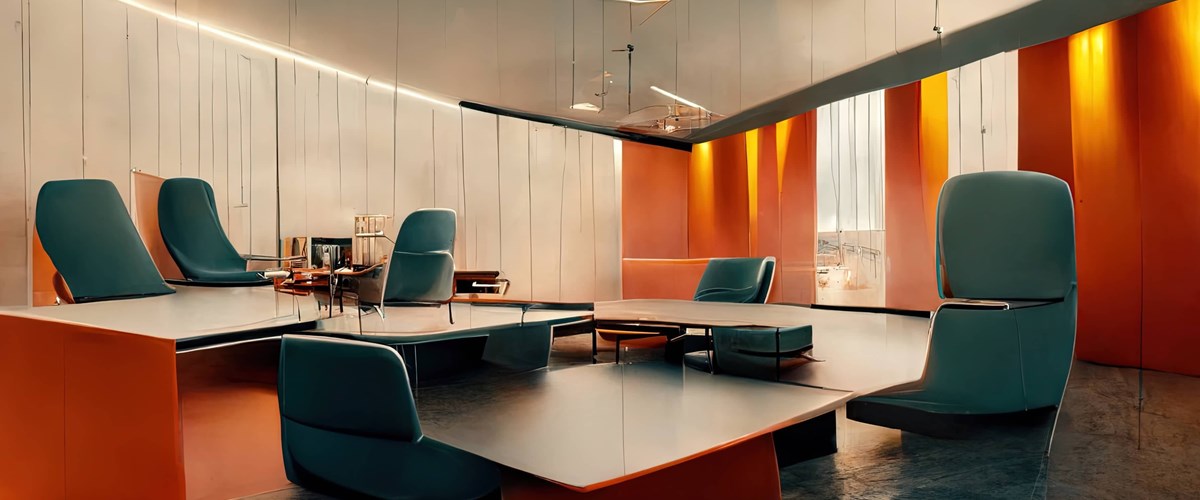
Creator: Prompart - License: CC BY-SA 4.0
Effective office relocation and setup is an essential aspect of building a modern workplace that supports employee productivity and well-being. A well-designed and optimized office space can help reduce stress, improve morale, and enhance collaboration, all of which contribute to creating a positive and engaging work environment.
In this article, we'll explore the various elements of office relocation and setup that play a critical role in shaping a modern workplace. From planning and preparation to design and technology, we'll cover everything you need to know to ensure a smooth and successful transition to a new office space.
Planning and Preparation
Before embarking on an office relocation and setup project, it's crucial to plan and prepare thoroughly. This involves assessing your current office space and identifying areas for improvement, determining your business needs and goals, and developing a detailed relocation and setup plan that outlines all the necessary steps and timelines.
One essential aspect of planning and preparation is to consider your employees' needs and preferences. This includes evaluating their current workspaces and work habits, identifying potential issues, and soliciting feedback on their ideal workspace. By involving employees in the planning process, you can ensure that the new office space will meet their needs and preferences, thus enhancing their engagement and productivity.
Design and Layout
The design and layout of your office space are critical in creating a modern workplace that supports collaboration, productivity, and employee well-being. An effective office design should prioritize flexibility, comfort, and ergonomics, while also incorporating technology and sustainability.
One popular office design trend is an open floor plan, which features a flexible layout with minimal barriers between workstations. This design encourages collaboration, communication, and innovation while also creating a more spacious and welcoming environment.
Another key element of modern office design is ergonomic furniture and equipment. Ergonomic chairs, desks, and keyboards help reduce strain and fatigue, preventing long-term health issues such as back pain and repetitive stress injuries.
Technology
In today's digital age, technology plays a critical role in supporting modern workplaces. An effective office relocation and setup plan should prioritize technology needs, including internet connectivity, data storage, and security.
Additionally, incorporating cutting-edge technology such as virtual and augmented reality, cloud computing, and collaboration tools can help boost productivity and creativity while also improving communication and collaboration among employees.
Environmental Sustainability
Finally, modern workplaces must prioritize environmental sustainability to meet the demands of today's eco-conscious workforce. Incorporating sustainable design features such as energy-efficient lighting, recycling programs, and green spaces can help reduce your environmental footprint while also creating a more pleasant and healthy work environment.
FAQs
Conclusion
Office relocation and setup play a critical role in building a modern workplace that supports employee productivity, engagement, and well-being. By planning and preparing thoroughly, prioritizing employee needs, and incorporating effective design, technology, and sustainability features, you can create an office space that boosts your business's success while also improving the lives of your employees.